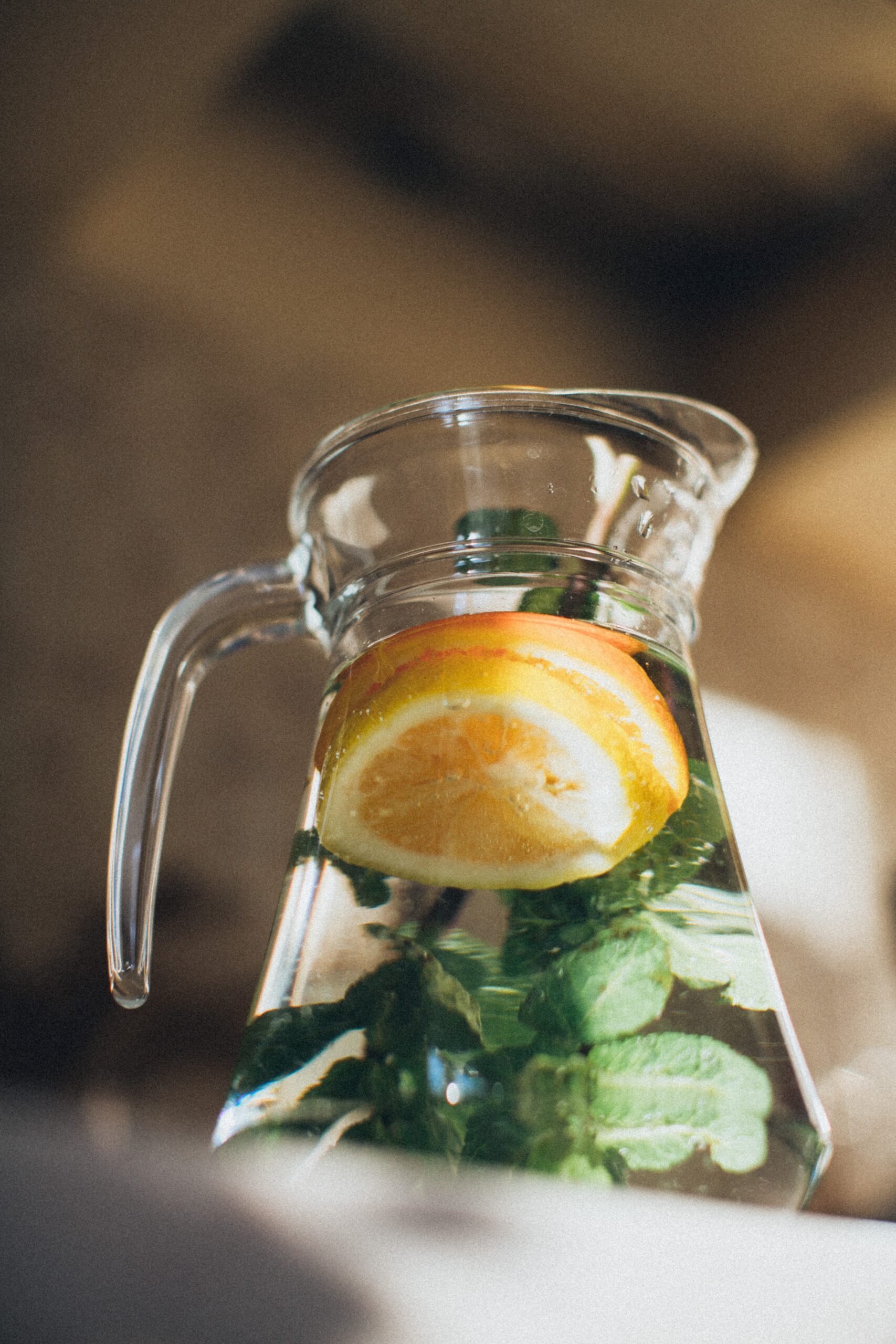
"Haifa SILICA SAND – Container - 150" – Silica Sand for manufacturing container glass.
Soda-lime silica sand should have a high silica content, typically around 70-75%. Silica (SiO2) is the primary component of glass, providing its structural integrity.
Soda (sodium carbonate) and lime (calcium oxide) are essential additives in container glass manufacturing. Soda helps in lowering the melting temperature of the glass mixture, while lime improves its chemical resistance. The levels of soda and lime are controlled to achieve the desired glass properties.
Iron impurities can impart a greenish tint to the glass, which is undesirable in container glass. Hence, the silica sand should have a low iron content, typically less than 150 parts per million (ppm) or even lower.
The particle size distribution of the silica sand is important for achieving consistent glass quality. It is often necessary to have a controlled range of particle sizes to ensure proper melting and forming of the glass during the manufacturing process.
Other impurities such as alumina, titania, and other metal oxides should be minimized to maintain the desired clarity and quality of the container glass.
